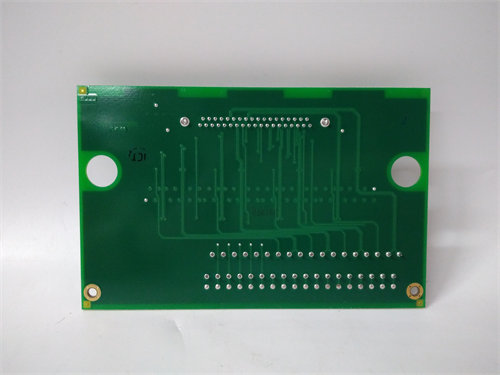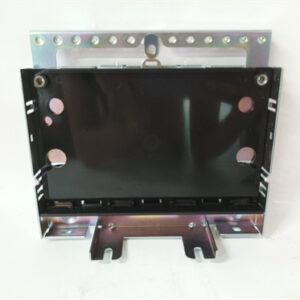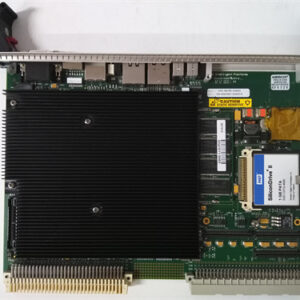الوصف
The GE IS215ACLEH1B is a 400 MHz Processor Card for the EX2100 series of excitation control systems. It is a critical component that serves as the central processing unit (CPU) for the entire excitation control system.
Key Features and Functionality
The IS215ACLEH1B is the “brain” of the EX2100 system, responsible for all control and monitoring functions. Its main functions include:
- Excitation Control: The card executes the control algorithms that regulate the field voltage and current of a generator or motor. It manages the flow of power to the machine’s field windings to maintain a stable output voltage and reactive power level.
- Data Processing: The processor card receives and processes data from various sensors and I/O modules, such as voltage and current transformers, and temperature sensors. It uses this data to make real-time decisions about the excitation level.
- Communication: The card handles communication with other system components, such as the human-machine interface (HMI), and with the plant’s distributed control system (DCS) or SCADA system.
- Diagnostics and Protection: The card includes extensive diagnostic and protection features. It continuously monitors the health of the excitation system and can initiate alarms or a controlled shutdown in the event of a fault, such as an overvoltage or overcurrent condition.
- Processing Speed: The “400 MHz” in the description refers to the clock speed of the processor on the card. This indicates a specific hardware revision with enhanced processing capability compared to earlier versions.




 +86 15340683922
+86 15340683922 +86 15340683922
+86 15340683922


